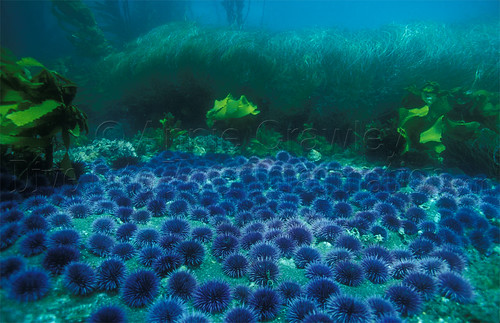On Monday we kicked off our community ecology section with Bruce Menge and Jenna Sullivan. We started with an introduction lecture that outlined the schedule and expectations for the class. We then took a short field trip out to the intertidal zone of Yaquina bay, so we could practice the proper procedures for performing a transect-quadrat survey. After lunch we had another lecture by Bruce that gave introductory information about sea star wasting disease that Jenna finished during our evening lecture by covering the effects of the sea star wasting disease on the intertidal community. When Jenna first started her PhD she had wanted to study the life of star stars but the sea star wasting disease changed all her plans causing a major change in the environment by decimating the Pisaster population and changing the intertidal community as Pisaster’s are keystone species. They control mussel populations by predation keeping the mussel population out of the lower intertidal areas. Jenna is now studying the effect that adult Pisasters have on new recruit Pisasters.
 |
| Students examining a adult Pisaster Ochraceus. |
Tuesday marked our first early day of the week, we met in the lab at 5:15 am, meaning if we weren’t out of bed and ready for fieldwork, by 5:30 am, we were going to be left behind. The group was split in two, one group went to Forgery Creek while the others went to Manipulation bay, both sites were near Boiler Bay. Most groups worked on belt transect lines to record arm lengths of all the sea stars along a ten meter transect with a two meter width. While they did this, one group worked on recording the state and arm length of different sea stars in the area. Even though the day turned out to be beautiful and sunny, the tide was on it’s way in shortly after we started. This lead us to not being able to do as many surveys as we would have liked, but we were able to get back to Hatfield early and play volleyball, nap, and have lunch. After we were all refreshed, we had a lecture on biotic interactions and the effects they have on the communities.
Wednesday marked another day of beautiful weather in the field with the class going to Yachats bay and another going to Tokatee Klootchman. Again groups worked on belt transects while a single group recorded different sea stars around the locations recording over 3,000 sea stars for the day! After a nice lunch break we had a lecture on environmental modification of biotic effects, which discussed the effect of different stressors on the creatures in the intertidal zone and had an early night for our third early morning.
 |
| Students performing transect-quadrat surveys. |
Thursday we went to Boiler Bay and hiked down the rocky path to the tidepools in the typical Oregon rain. In the continued rain, we all grouped up and most of us did transect-quadrat surveys where we used a half meter square to observe the various algae and invertebrates. The few teams that were not doing the transect-quadrat surveys were collecting data about whelk diets. Whelks feed on mussels and barnacles. To survey them we measured their shell length (which indicated age) and determined whether they were feeding or not. This is important to understanding the life cycle of these snails. After the fieldwork, we entered the data and went to a lecture on complex interactions and community structure. This went through the prey-predator interactions that occur between marine animals and what affect them have on their surrounding ecosystem. To complete the day we went to a special lecture by Alissa Rickborn. She presented about the response of ocean acidification on Halichondria panicea, a common sea sponge on the west coast. She showed us her “homemade” aquarium set up where she can manipulate the seawater that fills the tank. In this tank she has constructed petri-dishes with a mesh top out of supplies anyone could get at Home Depot. She examined these petri-dishes every 5 hours until sadly, her aquarium contraption broke. She has fixed it and will be performing the same experiment, with a few tweaks, over summer 2018. After her presentation and demonstration we all went home to rest for our last 4:30 am wake-up-call.
 |
| A rainbow in between hail/rain and sunshine! |
Finally, Friday. After waking up at 4:30 am for the last time this week, we all gathered and left for Strawberry Hill at 5:30 am, arriving around 6:30 am. Here we went about performing the same tests we did on Thursday; we laid out ten transects and examined ten quadrats on each transect. During these examinations we were pounded with rain, sunshine, and hail in a conflicting pattern that left us cold and ready for lunch. After the lunch (and a nap!) we got back together for a lecture on barnacle larval transport. Barnacles are important factors to the rocky intertidal because despite living on top of the mussels and having seemingly no effect on anything around them, they provide another foothold in the elaborate web that makes up tidepools.
Overall, it was a fantastic week in the field. We all learned a great deal and had a lot of fun playing in the sunshine as well as stomping in puddles when it was rainy. We look forward to another great week at Hatfield in the 2017 BI 450 class.
by Heather Davis and Katelyn Stanley








